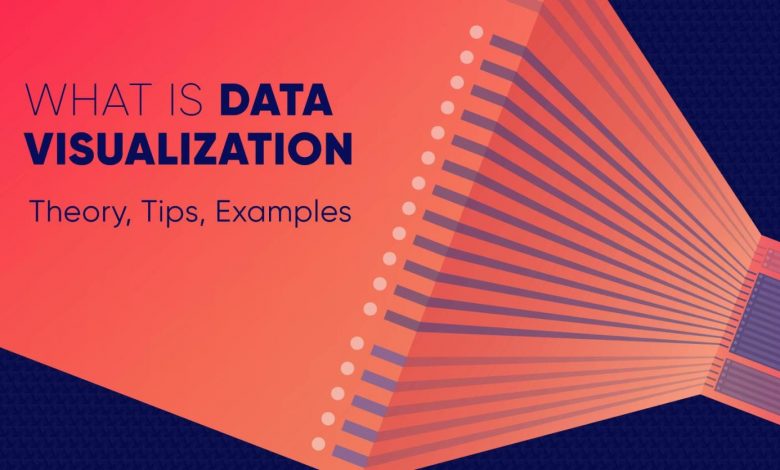Understanding the Basics of Data Visualization

Understanding the Basics of Data Visualization
What is Data Visualization?
Data visualization is the graphical representation of data using visual elements such as charts, graphs, and maps. It transforms raw data into visual formats that are easy to understand and interpret. By presenting data visually, complex information can be quickly analyzed, patterns can be identified, and insights can be gained.
Why is Data Visualization Important?
Data visualization plays a crucial role in effectively communicating information in today’s data-driven world. Here are a few reasons why it is important:
1. Simplifies Complex Data
Data visualization simplifies complex data sets by presenting them in a visually appealing and digestible format. By using charts and graphs, large amounts of data can be condensed into clearer and more concise visual representations.
2. Facilitates Decision Making
Data visualization aids decision-making processes by providing a clear picture of the information at hand. It allows executives and stakeholders to quickly grasp trends, patterns, and correlations. In turn, this helps in making informed decisions based on data-driven insights.
3. Enhances Understanding and Engagement
Visual representations are often easier for people to comprehend compared to raw data tables or spreadsheets. By presenting data in an interactive and visually compelling manner, data visualization enhances understanding and engagement, making it more memorable and impactful.
Common Data Visualization Types
There are various types of data visualizations that can be used depending on the nature of the data and the insights you want to convey:
1. Bar and Column Charts
These are used for comparing categories or showing changes over time. Bar charts represent data horizontally, while column charts represent data vertically.
2. Line Charts
Line charts are useful for showing trends and changes over time. They connect data points with lines, making it easy to identify patterns and analyze data direction.
3. Pie Charts
Pie charts are effective in showcasing proportions and percentages of a whole. They use slices to represent different categories and their respective proportions.
4. Scatter Plots
Scatter plots are used to display relationships between two variables. They plot data points on a graph, representing the relationship between the x and y axes.
FAQs about Data Visualization
Q: What data sources can be used for visualization?
There are multiple data sources that can be used for visualization, including databases, spreadsheets, web analytics tools, social media platforms, and more. The data can be structured or unstructured, depending on the source.
Q: How do you choose the right visualization type for your data?
Choosing the right visualization type depends on the nature of your data and the insights you are trying to convey. Consider factors such as the data relationship, dataset size, and the story you want to tell. Experiment with different visualization types to determine the most effective one.
Q: Are there any tools available for data visualization?
Yes, there are numerous tools available for data visualization, both free and paid. Some popular ones include Tableau, Power BI, Google Data Studio, and D3.js. These tools provide a range of features and functionalities to create stunning and interactive visualizations.
Conclusion
Data visualization is an essential skill in today’s data-driven world. By transforming complex data into visually appealing and easily understandable graphics, it enables faster and more informed decision-making. With a wide range of visualization types available and various tools to aid in the process, anyone can start exploring and benefiting from the power of data visualization.
Remember, data visualization is not just about presenting data—it’s about telling a story and unlocking the insights hidden within the numbers. So, take the first step and dive into the world of data visualization today!